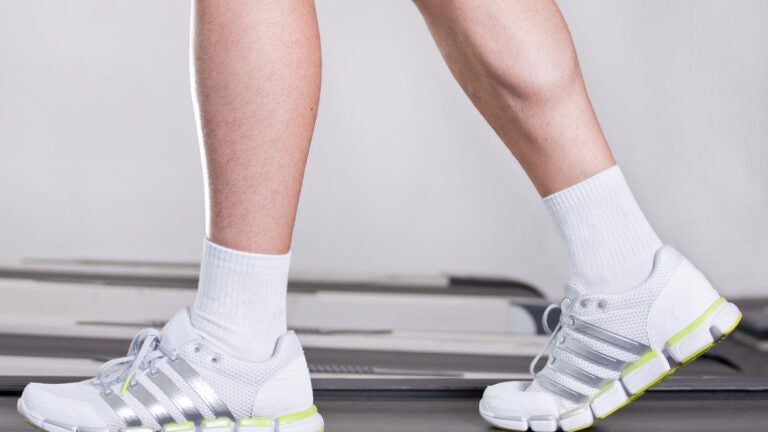
A USC study focuses on how to best improve the walking rehabilitation for patients who have suffered a stroke. (Photo/Shutterstock)
Getting stroke survivors back on their feet
Physical therapy expert at USC wants to know if a walking pattern would lower a patient’s risk of falling
Every 40 seconds, someone in the United States has a stroke. And while it is the fifth leading cause of death in America, it’s much more disabling than it is fatal.
Physical therapy for stroke survivors can often mean treatment focused on correcting walking asymmetries (such as a limp) so that the individual can walk in an observationally normal way. But is this the best rehabilitation strategy?
That’s what James Finley aims to investigate in a new study supported by a $1.6 million grant from the National Institutes of Health. The study will examine the advantages and disadvantages associated with restoring symmetry in the walking patterns of survivors of stroke. Finley is an assistant professor and director of the Locomotor Control Laboratory at the USC Division of Biokinesiology and Physical Therapy.
Using a device to measure oxygen consumption, treadmills meant to elicit a stumble response and a motion capture system to record it all, Finley hopes to better understand how correcting gait asymmetries has an impact on energy efficiency and fall risk.
“One thing we would like to do is assess the individual and find the focus areas for how to rehabilitate them,” Finley said. “How can we help an individual reduce energetic costs so they can walk longer distances? Can we train people to have a walking pattern that would lower their risk of falling?”



